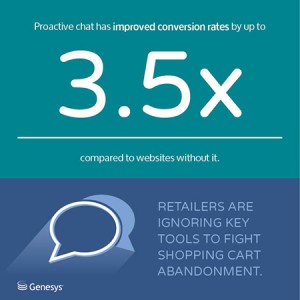I often joke that the best kind of meeting is a canceled meeting. Of course, I only partly mean that. I feel energized by productive brainstorm meetings, and I believe regular check-ins with my direct reports are essential. But like the 92% of employees who consider meetings costly and unproductive, I’ve sat through my fair share of meetings that could have been emails, or that didn’t have a clear agenda, or were dominated by a select few (and I’ll cop to sometimes being that dominating voice).
We’ve covered a few companies, like Shopify, that have instituted a no-meetings or at least very-few-meetings culture. There are various ways to go about it, some more radical than others. Shopify started with what it called “controlled chaos”: canceling all recurring meetings of three or more people, deleting needless Slack channels, and instating “no-meeting Wednesdays” for all staff. To make the change less daunting, it was set up as a two-week trial, after which teams could add meetings they missed back to their calendars. If you decide to do a similar meeting audit, it’s likely you’ll still have at least a handful of meetings that remain on your calendar. Then it’s a matter of making those essential gatherings worthwhile.
Author Claire Hughes Johnson suggests using the acronym PAL as a guide for improving meetings:
“A common meeting mistake is to try to cover too many topics in too little time, which can make the conversation too surface level or lead to frustrating cutoffs with no resolution,” Hughes Johnson says.
The other essential to better meetings is to make them more inclusive for those who might not feel comfortable sharing their ideas. There are lots of ways to go about this: The meeting organizer can poll the attendees about a question in advance. This can help kick-start the conversation and make sure even those who don’t speak up can contribute their opinions.
Similarly, participants can be encouraged to send their thoughts in before the meeting so they can be added to the agenda. Breaking into small groups to work on a problem or brainstorm ideas can help introverted people engage more, says contributor Gareth A. Davies, and pairing introverts with extroverts means that the extrovert can make sure other voices and ideas are still presented.
Meetings will likely always be a necessary part of workplace culture, but with more thoughtful planning, they can be less frequent and more enjoyable.
(5)








